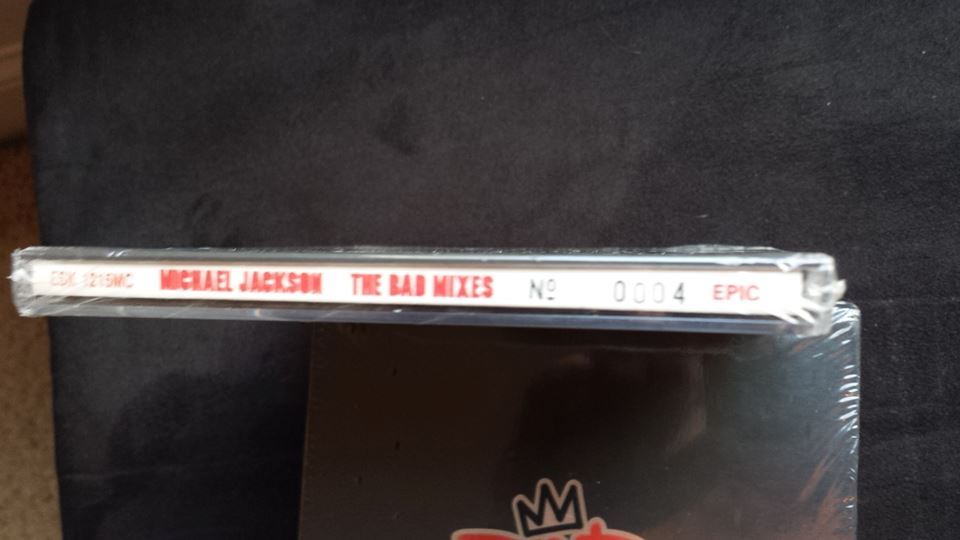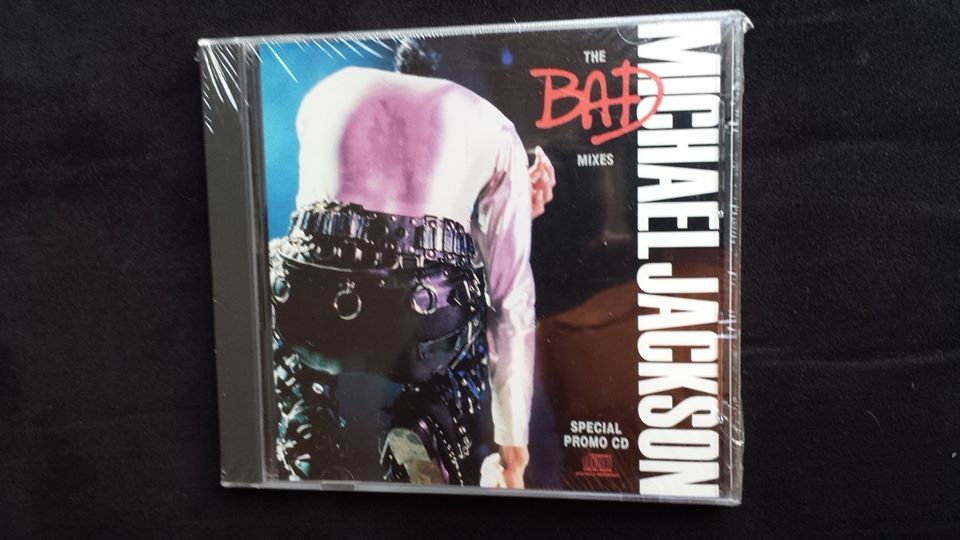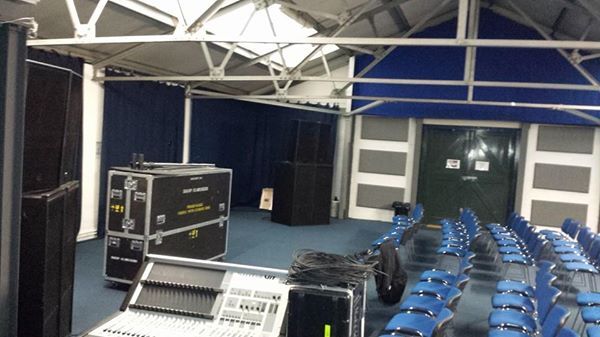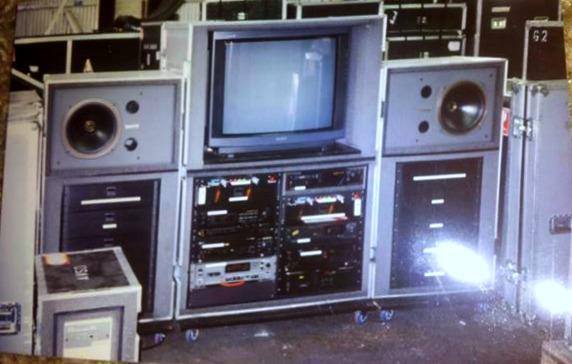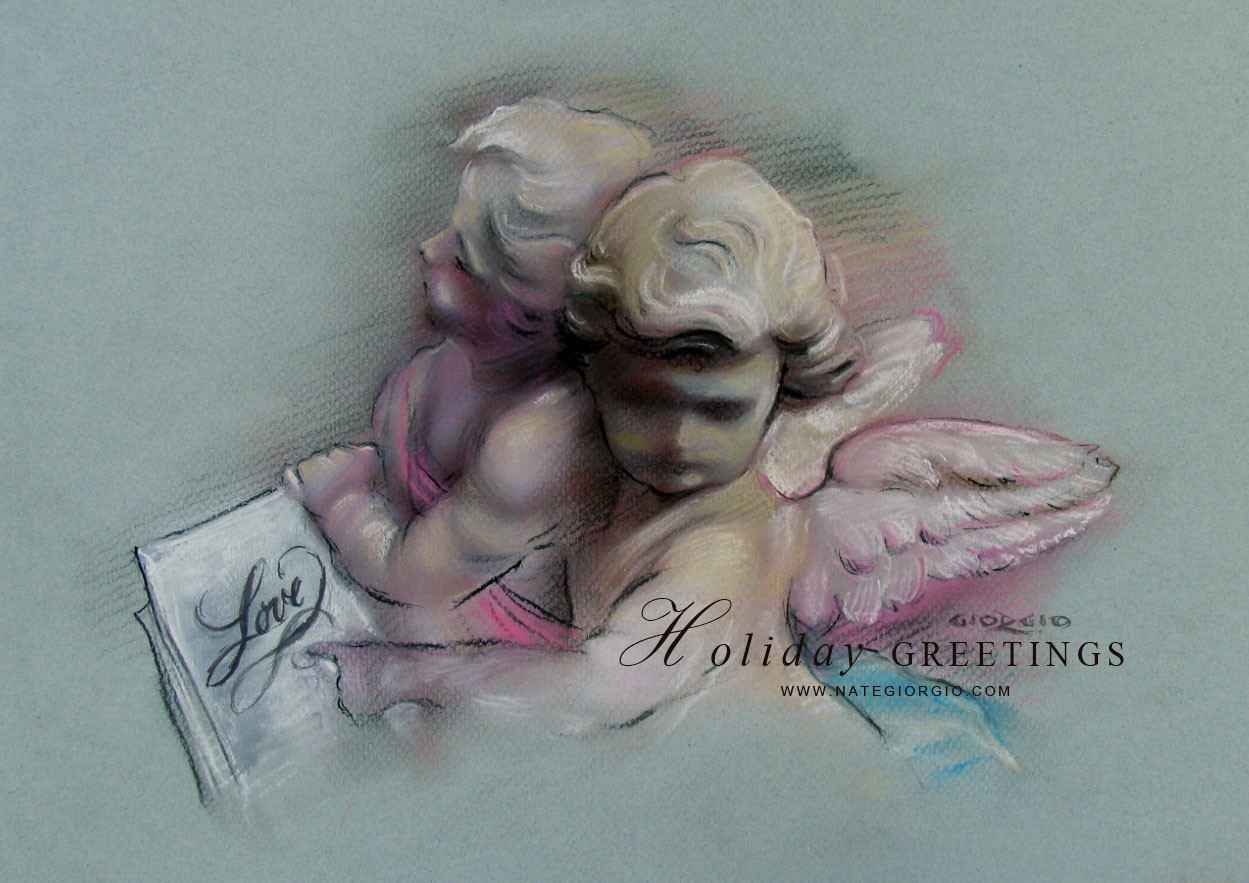Re: Brad Sundberg seminars: Making Music With Michael Jackson
Brad on Mike's mics..
-----------------------------------------------------------------------------------------------
A few days ago I wrote a story about a pair of speakers I installed in Michael's bedroom, and the response was very nice - so thank you! In my seminars I typically have a few aspiring engineers or producers who want to know about the "techie" stuff we did, but I have to balance that with keeping it interesting for MJ fans who really don't care about tape compression, reverb settings or microphone choices. But after I wrote the speaker story, I started thinking about the recording process, and where it all starts, at least for acoustic instruments (including the human voice): The microphone.
To my studio friends, this is going to sound very basic, but let me tell my non-studio friends just a little bit about microphones - and how we used them with Michael, while hopefully keeping it mildly interesting.
Microphones come in a variety of shapes, sizes, polar-patterns and price tags. Remember the big RCA microphones you would see in front of Elvis or Bing? Or the one you've seen in front of Frank Sinatra? Each type of microphone has it's own sound character, and part of the art of engineering is knowing which microphone will work best with each instrument or voice. For example, there are microphones designed JUST for kick drums, but they sound pretty crummy for vocals. But... sometimes a producer might want a different sound, so a kick-drum mic might be used on specific singer - there are no rules with this stuff.
In post-war Berlin, German during the 40's and 50's (stay with me... this is history!) Georg Neumann was designing and building some of the most incredible sounding microphones ever created. These mics became very popular with groups like the Beatles, as their sound was so clear and warm. Go back and listen to "Fool On The Hill" or "Across The Universe" and chances are you are very likely listening to Neumann microphones, and George Martin and Geoff Emerick knew just how to use them.
Fast forward a few decades, and there are countless choices now for engineers to use on vocals. Great microphones made by AKG, Sony, Telefunken, and of course Nuemann. Russia has introduced some beautiful microphones, and of course China is a huge producer.
The funny thing is, to many engineers, an old microphone from the 50's or 60's is a must-have tool. Much like car collectors, there are vintage microphone collectors. Many studios are "judged" by their vintage microphone collection. Anyone can have an AKG 414, but to have a vintage Telefunken 251 from the late 40's or mid 50's in it's original wooden box could set you back $12,000 or more. For one microphone. It has gotten a bit silly in recent years, as the prices continue to skyrocket. But those particular mics are not make anymore - and they do sound amazing (assuming they are in good shape).
Bruce Swedien has an amazing array of microphones, and we could have used anything we wanted to record Michael. But Bruce was never good at following the crowd - or the rules. He discovered the Michael's voice sounded amazing (on certain songs) singing into a Shure SM-7. The SM-7 is a mic that you might see in a radio station or a church or... sometimes used on a kick drum for live sound. It is not a special microphone, it is very inexpensive (around $400), but they combination of Michael's voice and the electronics of the SM-7 were a perfect match. (Note that the picture of Michael and Siedah are with an U-47, which was also used on certain songs).
In some ways, using an SM-7 to record Michael's voice might be compared to having a race car driver drive a Ford F-150 pickup truck instead of a Ferrari, but it worked! The lowly SM-7 is what you hear in hit after hit - Beat It, The Way You Make Me Feel, Bad, Smooth Criminal... the list goes on and on. Michael could sing as loud as he wanted, because there is nothing "delicate" about an SM-7.
Bruce didn't follow the rules - he re-wrote them. So did Michael. From the choice of microphone to the studio that feels the most comfortable to the best guitar player for a certain song - every decision was made with a quality product in mind. It was some pretty serious education for me.
Maybe you don't work with microphones, but the SM-7 is an example that just because something isn't beautiful or expensive or the one that "everyone else is using", doesn't mean it isn't the best for that particular need.
It's a bit of an underdog in some ways, compared to the elegant mics stored behind lock and key, the SM-7 is likely tossed into a drawer with all the other "cheap mics" in most studios around the globe. But... it was the right tool for Michael.
I think I identify more with the $400 SM-7 than I do the $12,000 vintage Neumann... but that's just me.
Now - some news for Japan!
Ticket sales have been amazing, and we had to find slightly larger venues for our events in January. Thank you so much for the incredible support!
In Tokyo, we will be at the beautiful Setagaya Sound Studios, and in Osaka we are booked at Primer Art Hall. My "Team Japan" has worked so hard to help "behind the scenes", and I cannot thank them enough! It is a sizable task to bring or seminar to another city, but I could not do it in Japan without such an amazing team. Thank you again!
Tickets are on sale for our seminars in Japan and New York (at Smash Studios) on the website.
Will You Be There?
www.inthestudiowithmj.com


